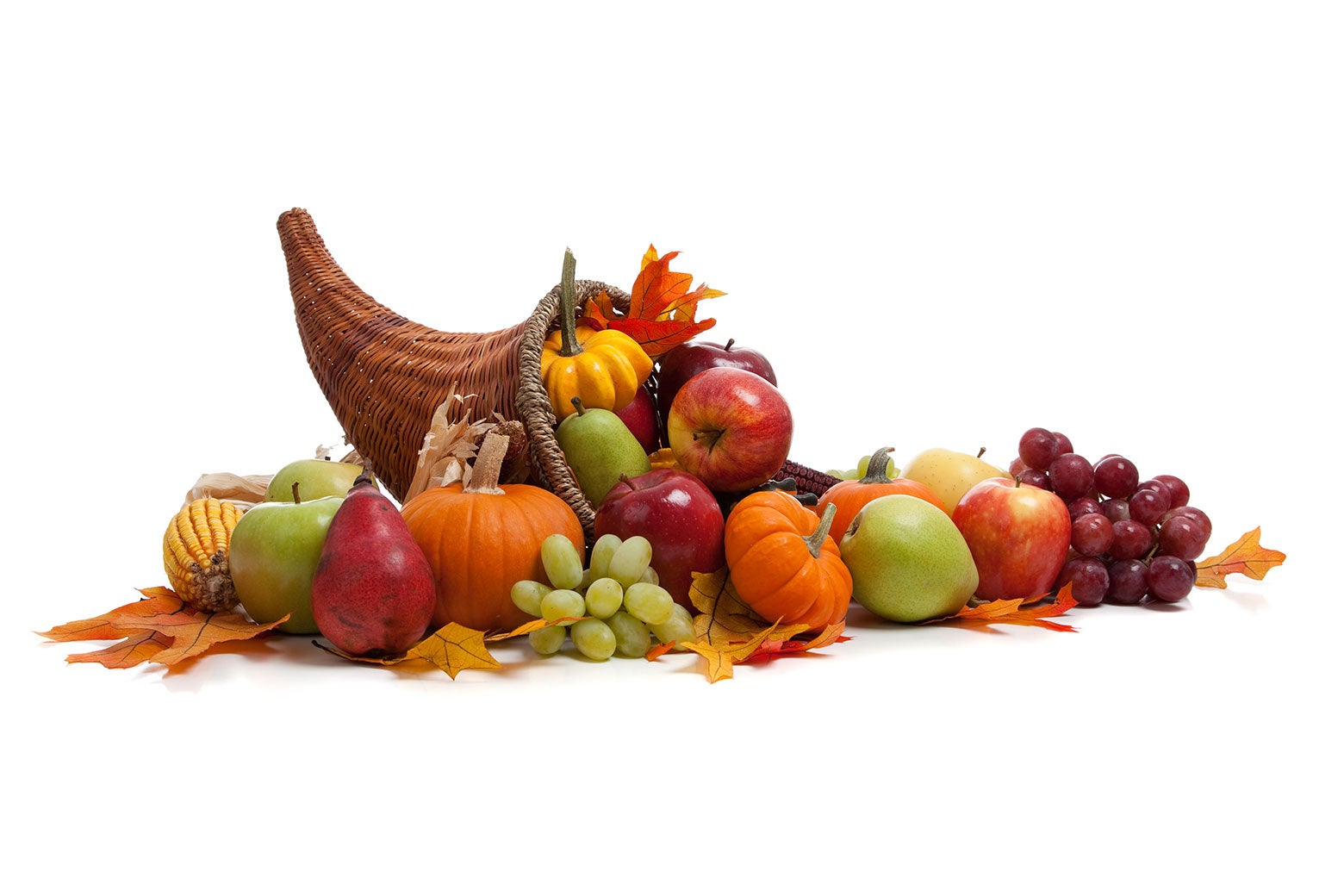
"Thanksgiving is often a time when family comes together and pretends that everything's going well, and there is perhaps no better ornament to suit this atmosphere than a cornucopia of decorative fake fruit. It emerges annually from the storage closet unchanged, always ripe and never bruised, unlike those relatives who used to be cuter and but now seem dedicated to disappointing you."
"Aside from this seasonal bounty of plastic, it's safe to say that there are millions of decorative fake fruits all over the world-perhaps enough to replace actual fruit in produce aisles. They could fill up multiple landfills, thousands of fake fridges, and easily be a stem-filler for actual fruit on trees, in case a grape needed some time off. Anyone who's been in their aunt's dining room has seen an old wooden bowl filled with decorative apples and pears and bananas."
"Fake fruit is a form of decoration that's a bit bemusing in an uncanny-valley type of way. In a crafts store recently, I even saw a faux apple that also smelled like one, perhaps for the discerning customer who wants an apple that only caters to two of their senses. Why do we insist on housing fake fruits when there are so many real ones begging to be adopted?"
Decorative fake fruit appears seasonally and year-round as perpetual, unblemished ornaments that symbolize eternal beauty and pleasant aesthetics. Massive quantities of inedible faux fruit populate homes, stores, and potentially landfills, often replacing real produce in decorative contexts. The objects evoke an uncanny-valley effect by mimicking sensory attributes, such as scent, while remaining permanent and pristine. The preference for fake fruit stems from a desire for idealized forms that resist decay and present attractive displays. Decorative fruit has historical precedent across cultures and eras, with historical elites commissioning inedible representations to adorn tables and living spaces as symbols of status and taste.
Read at Slate Magazine
Unable to calculate read time
Collection
[
|
...
]